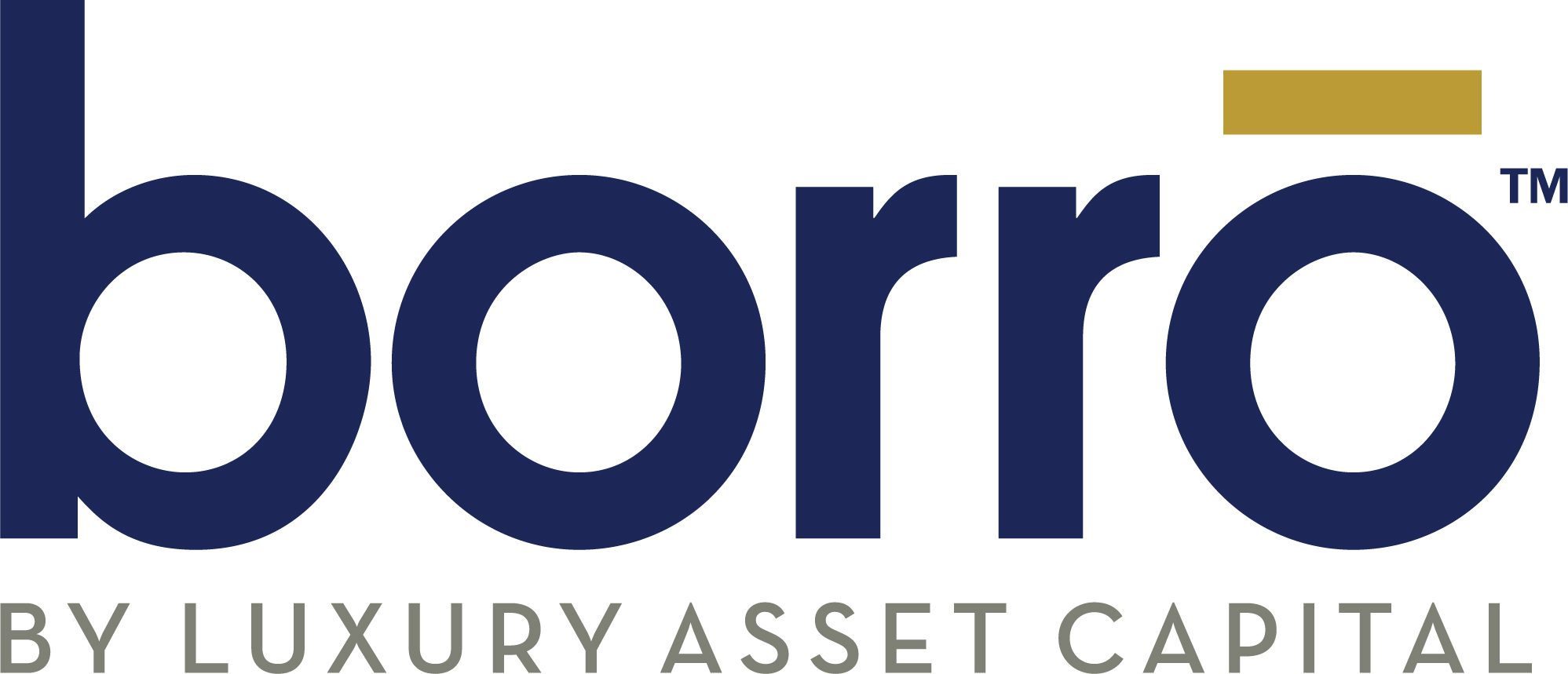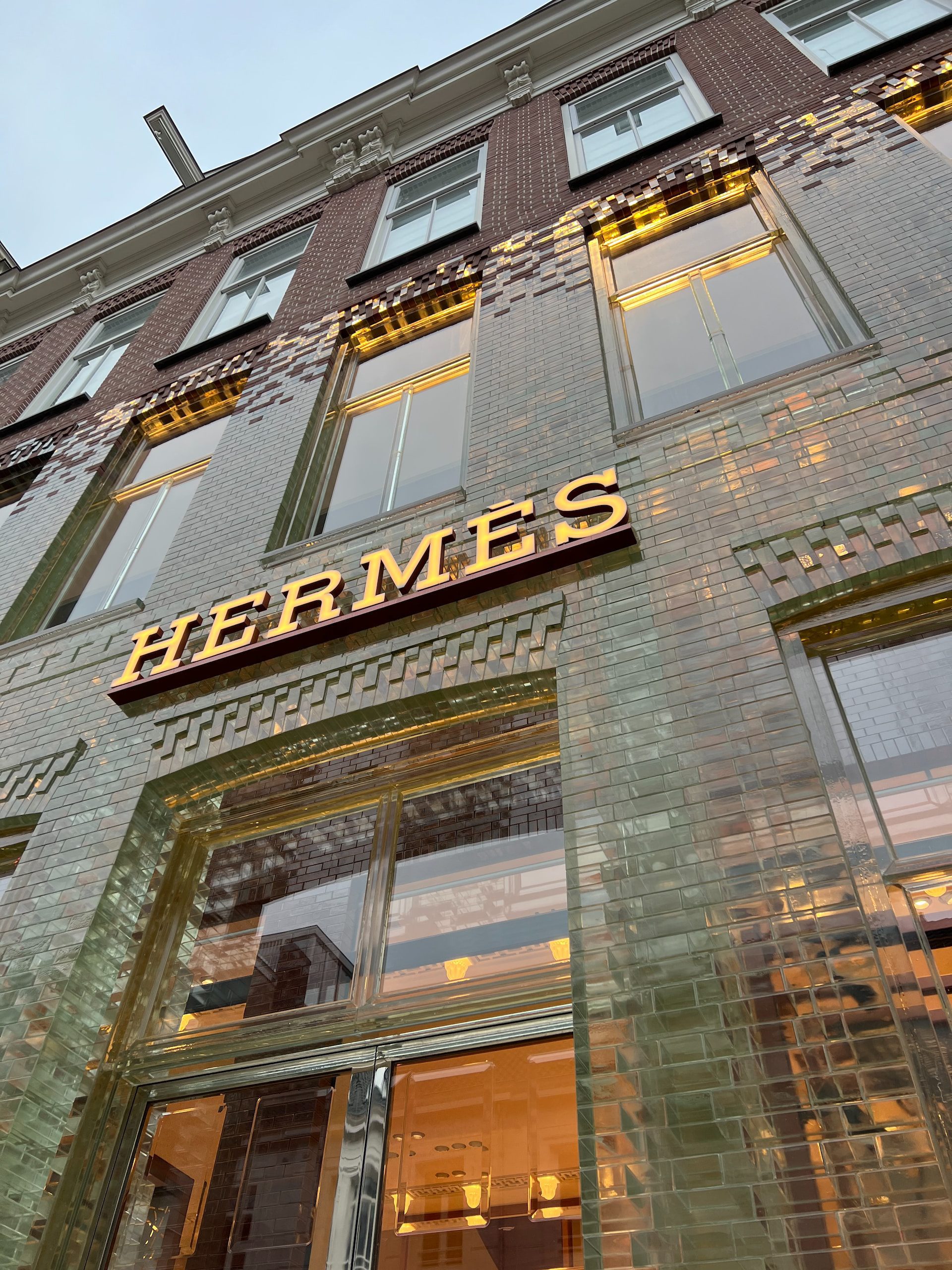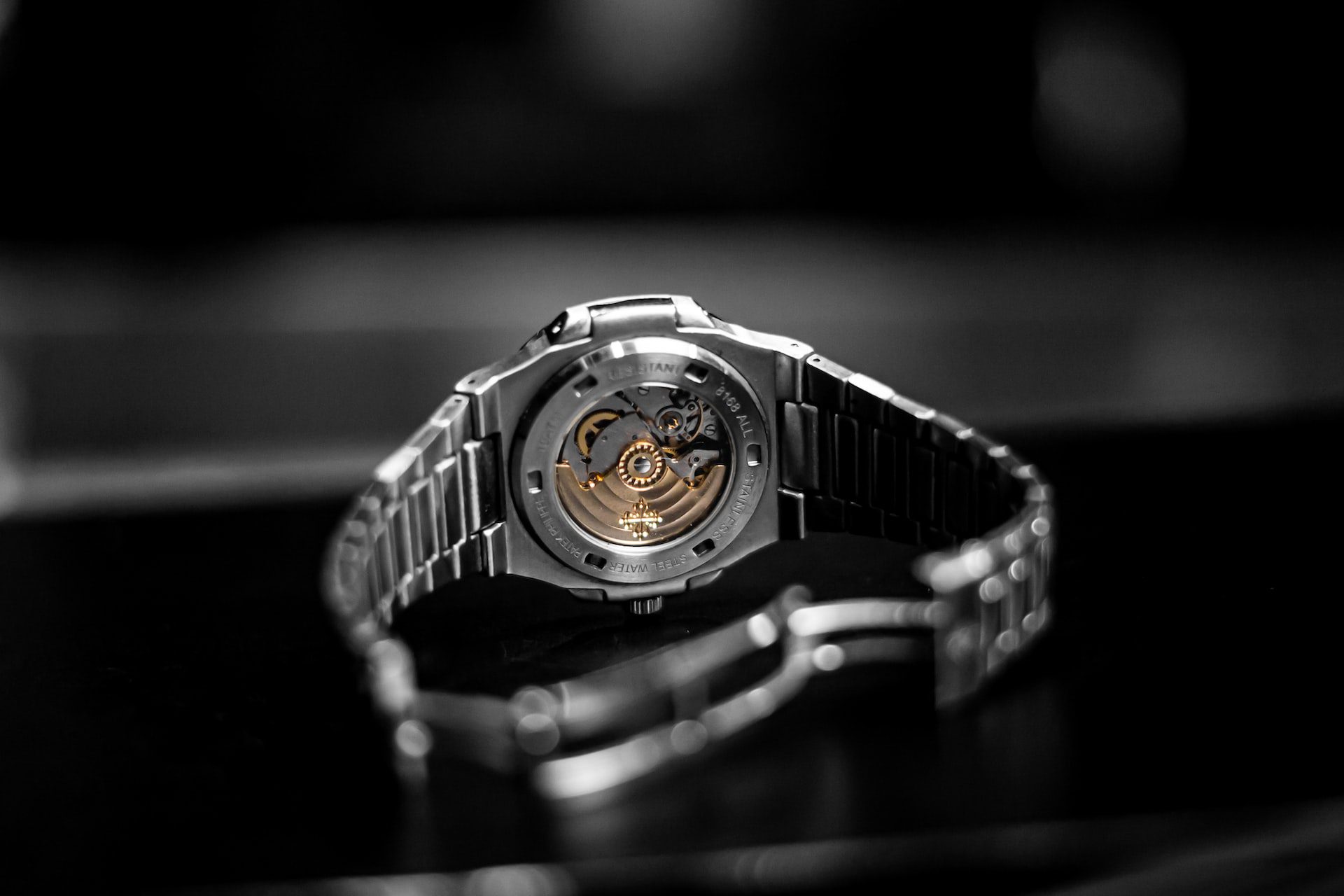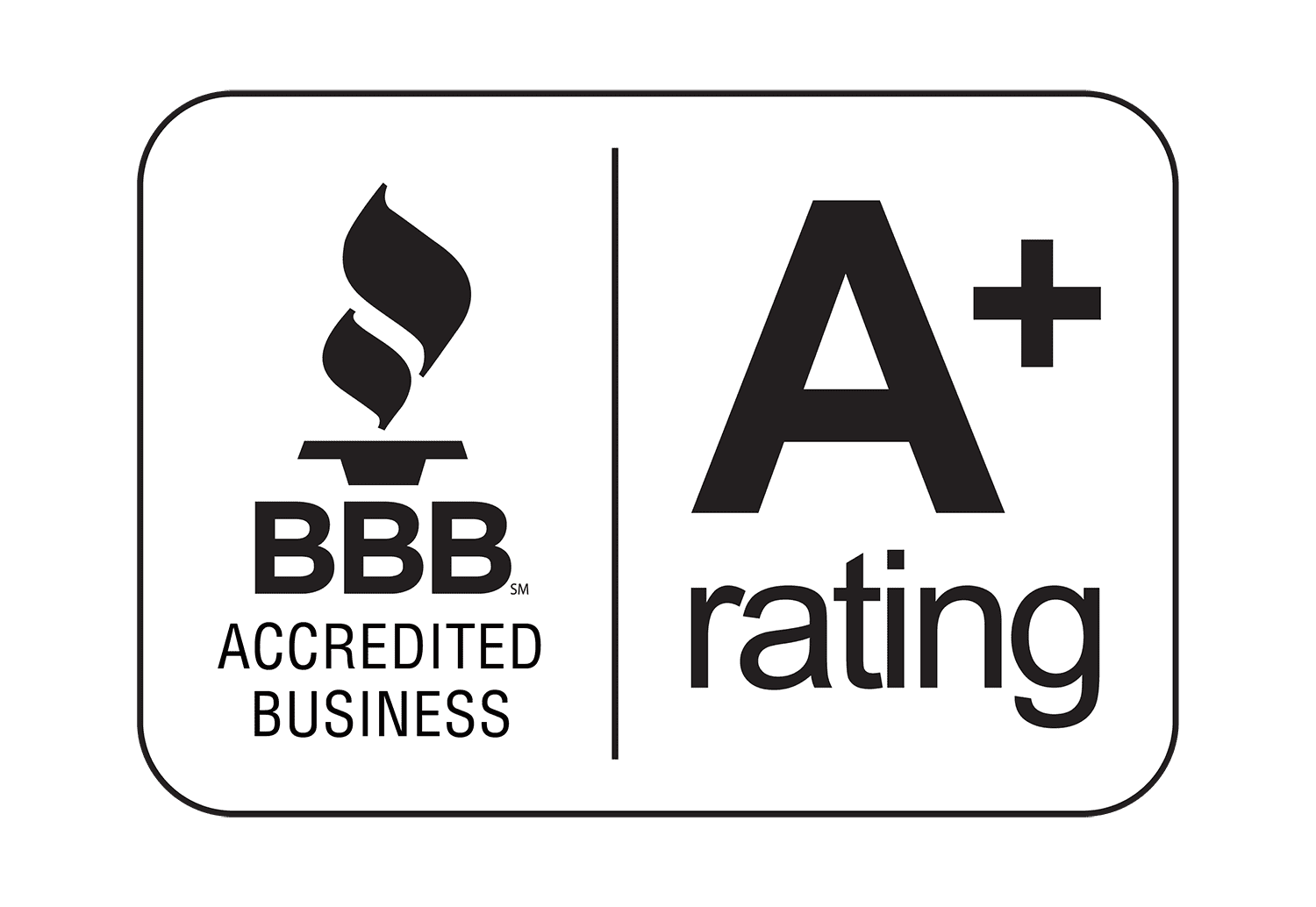In the realm of luxury assets, few items command the same level of mystique, desirability, and investment potential as the Hermès Birkin bag. Named after actress Jane Birkin, this iconic handbag transcends its function to become a tangible asset class, one that has, in some analyses, demonstrated appreciation rates comparable to, or even exceeding, traditional investments like gold. For the fashion connoisseur and astute investor alike, understanding the factors that contribute to the Birkin’s extraordinary value is key.
This article delves into the unique market dynamics of the Hermès Birkin, exploring its historical appreciation, the power of supply and demand, and the specific characteristics that make certain Birkins highly sought-after investments.
Historical Price Appreciation Analysis Compared to Traditional Investments
While it may seem counterintuitive to compare a handbag to commodities or stocks, the Birkin’s performance as an asset has been remarkable.
- Consistent Growth: Studies and market data from reputable sources have indicated that the value of a Hermès Birkin has seen consistent upward trends over decades.
- Resilience: The Birkin market has shown resilience even during economic downturns, often maintaining or increasing value due to its status as a safe-haven luxury asset.
- Outperforming Benchmarks: Some analyses have suggested that the average annual return on a Birkin investment has, at times, surpassed that of gold or even major stock indices over certain periods.
This historical performance underscores the Birkin’s position as a unique and potentially lucrative investment vehicle within the luxury market.
Supply-Demand Dynamics Driving the Birkin Market
The legendary exclusivity of the Hermès Birkin is a primary driver of its value. Hermès maintains strict control over production and distribution, creating a level of scarcity that fuels intense demand.
- Limited Production: Hermès does not disclose exact production numbers, but it is widely known that Birkins are produced in limited quantities each year.
- The Waiting List: The infamous “waiting list” is not a formal list in most cases but rather a reflection of the need to cultivate a relationship with Hermès sales associates and the brand itself to be offered a Birkin. This controlled distribution model creates an immediate secondary market where demand far outstrips retail supply.
- High Demand: The bag’s iconic status, association with wealth and celebrity, and perceived investment value contribute to consistently high global demand.
This deliberate imbalance between limited supply and overwhelming demand is the engine that drives the Birkin’s extraordinary secondary market value. Learn more about What Makes Hermès Birkin Bags So Coveted?.
Material, Size, and Limited Edition Impact on Investment Performance
Not all Birkins are valued equally. Specific characteristics significantly influence a bag’s desirability and investment potential.
- Materials: The material is a major factor.
- Exotic Skins: Birkins crafted from exotic skins like Crocodile, Alligator, Ostrich, and Lizard are significantly rarer and more expensive than leather versions and often command the highest premiums on the secondary market.
- Leathers: Popular leathers like Togo, Clemence, Epsom, and Box Calf have different textures and durability, influencing desirability.
- Sizes: Birkins come in various sizes (e.g., 25, 30, 35, 40 cm). The 25 cm and 30 cm sizes are currently the most sought-after on the secondary market, often achieving the highest percentage premiums over retail.
- Colors: Classic and neutral colors (Black, Gold, Etoupe, Craie) tend to hold value consistently, while limited edition or seasonal colors can sometimes command high premiums depending on their popularity and rarity.
- Hardware: Hardware finishes (e.g., gold plated or palladium) and specific limited edition hardware can also impact value.
- Limited Editions and Special Orders (SOs): Birkins from limited collections or those made as Special Orders (indicated by a horseshoe stamp) are particularly rare and highly collectible, often achieving the highest resale prices.
Understanding these nuances is crucial for identifying which Birkins have the strongest investment potential.
Condition Grading Standards and Value Impact Assessment
The condition of a Birkin bag is paramount to its value on the secondary market. Even minor flaws can significantly impact the price.
- Pristine/Like New: A bag showing no signs of wear, often with protective plastic still on the hardware. Commands the highest prices.
- Excellent: Minimal signs of wear, perhaps light scratches on hardware or slight corner wear, but the structure and leather are in excellent condition.
- Very Good: Shows some visible signs of wear, such as softened structure, scratches, or wear on handles/corners, but is still in great overall condition.
- Good: Shows moderate wear, potentially including scuffs, marks, or loss of shape.
- Fair: Shows significant wear or damage, likely requiring repair.
Maintaining a Birkin in excellent or pristine condition is essential for preserving its investment value. Proper care, as detailed in guides for luxury handbags, is highly recommended.
Authentication Challenges Specific to Birkin Bags
The high value and desirability of the Birkin make it one of the most counterfeited handbags in the world. Authenticating a Birkin requires expert knowledge.
- Craftsmanship: Genuine Birkins are meticulously handcrafted by skilled artisans (learn more about The Making of Hermès Handbags). Examine the saddle stitching (a specific hand-sewing technique), the quality of the leather, and the precision of the hardware attachment.
- Materials: Counterfeiters struggle to replicate the exact feel, smell, and durability of Hermès’s high-quality leathers and exotic skins.
- Hardware: Authentic Hermès hardware is solid, precisely finished, and often has specific stamps. Fake hardware may feel light, look cheap, or have poor quality stamping.
- Blind Stamp: Every Birkin has a blind stamp (a letter and shape) indicating the year of production and the artisan’s workshop. Verifying the correctness and appearance of this stamp is vital.
- Lack of Authenticity Card: Unlike some other brands, Hermès Birkins do not come with a separate authenticity card, making physical inspection and expert knowledge even more critical.
Navigating the pre-owned Birkin market requires extreme caution and reliance on reputable sellers or professional authentication services. Consulting general authentication guides like Authentication Guide: How to Spot Fake Designer Handbags can provide foundational knowledge, but Birkin-specific expertise is necessary.
Investment Strategy for Hermès Birkin Bags
Investing in Birkin bags requires a thoughtful approach:
- Acquire Desirable Configurations: Focus on popular sizes (25, 30 cm), classic colors, and sought-after materials (especially exotics).
- Prioritize Condition: Always aim for bags in the best possible condition (Pristine or Excellent).
- Verify Authenticity: Purchase only from highly reputable sources with strong authentication guarantees or utilize independent expert authentication. Exploring the Pre-Owned Luxury Market: How to Find Authentic Pieces at Better Prices provides guidance on reputable sources.
- Understand Market Premiums: Be aware that you will likely pay a significant premium over the original retail price on the secondary market due to demand and scarcity.
- Consider Limited Editions/SOs: While often more expensive upfront, rare limited editions or Special Order bags can offer higher appreciation potential.
- Maintain Meticulously: Proper care and storage are essential to preserve the bag’s condition and value.
A well-chosen and well-maintained Birkin can be a valuable addition to a luxury asset portfolio, potentially offering strong returns. Its high value also makes it a suitable asset for collateral loans; explore options like Luxury Handbag Loans or specifically Use Your Birkin as Loan Collateral.
Conclusion: The Birkin as a Tangible Asset
The Hermès Birkin bag’s status as an investment vehicle is a testament to the power of brand exclusivity, meticulous craftsmanship, and strategic market control. While not a guaranteed path to riches, the historical data and ongoing demand demonstrate that a well-chosen and cared-for Birkin can be a tangible asset with significant appreciation potential, sometimes even outpacing traditional investments. For those who appreciate both unparalleled luxury and the strategic acquisition of value, the Birkin remains an icon in the world of collectible assets.
Related Articles
- What Makes Hermès Birkin Bags So Coveted?
- Authentication Guide: How to Spot Fake Designer Handbags
- Louis Vuitton vs. Chanel vs. Gucci: Which Luxury Brand Offers the Best Investment Value?
- The Pre-Owned Luxury Market: How to Find Authentic Pieces at Better Prices
- Luxury Handbag Loans
- Designer Handbag Collateral Loans
- Why Hermès is the Ultimate Status Symbol
- The Making of Hermès Handbags





